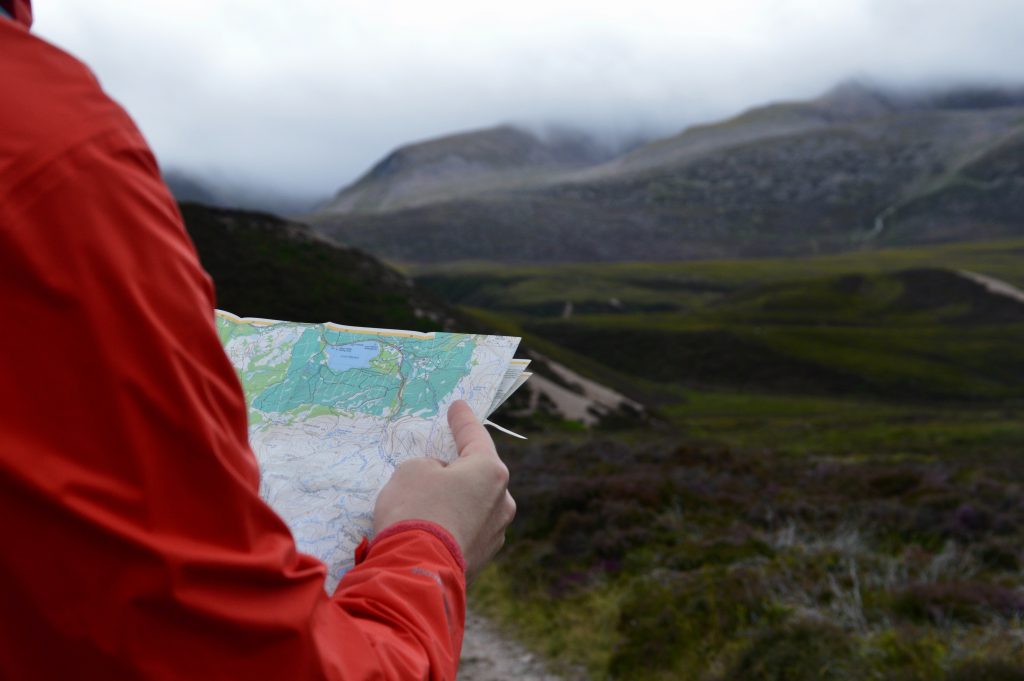
Main image by Ali Elliott on Unsplash
13 March 2022
I love maps and I love metaphors.
I love maps, orienteering maps in particular, though ones of mountainous areas and other rough terrain will do. I like maps that use colours, and the larger the scale, the more detail of the terrain shown, the better.
I also love metaphors, analogies and similes, and my mind smiles inside as I get fast-speed access to the lenses someone wears as they view the world.
With maps and metaphors, the invisible, the unknown, drops into place. It’s like a tuning of lenses so that a blurry mess becomes sharp. It’s like a penny dropping into a slot machine with a satisfactory clunk. It’s like a lightbulb going on, not above my head, but over my entire experience of life.
And so it is no surprise that I find myself absorbed by a new book, “The Grieving Brain”, by Mary-Frances O’Connor, which draws on current Neuroscience research (and so which must be right!).
Its basic premise is that our brain cannot fathom the absence of our missing loved one(s). The incongruity of the world without our loved one(s) throws us off-balance so much because we need our loved ones as much as we need food and water.
The brain has a metaphorical map of where our loved ones are at all times – even when they are physically absent (at work, at school, elsewhere in the house). And the brain, which looks for and loves patterns, habits and predictability, is suddenly required to throw out the map we have used for years, even decades.
Following a loved one’s death, the new terrain no longer fits the map. Everything is off-kilter. The brain’s task is to solve this problem of a new world without the person/people who is/are so engrained in it. Nothing makes sense. And the brain simply cannot compute.

It is only through ongoing lived experience that our brains can get an update – the iterative realisation, “oh – they are not here”, a gazillion times a day, as well as simultaneously not being capable of believing it. The book also explains why someone’s theoretical understanding that “we all die someday” does little – indeed nothing – to prepare us. Our brain can only really work with the truth of its own experience.
Ultimately the brain’s software gets an update, probably even an overhaul, but it takes weeks, months, years. And in the meantime there is complete and utter disorientation, confusion and pain.
This clarifies so much.
The “not here-still here” dichotomy – still not being able to quite “get” that Mike and Julia are no longer in the world, even when I do “know” that they have died. And the vivid seeing, sensing, hearing, smelling them – still. Dreaming of them. Aching for them.
It’s so normal. My brain just cannot compute. Not yet. It’s only been a few years, when I had Mike for 30 years and Julia for 15.
Totally Normal.



Makes complete and total sense em.
Your posts are beautiful Emma. I’ve read so many. I understand your grief having survived the loss of two daughters. God bless you. Ps I knew you from PDI